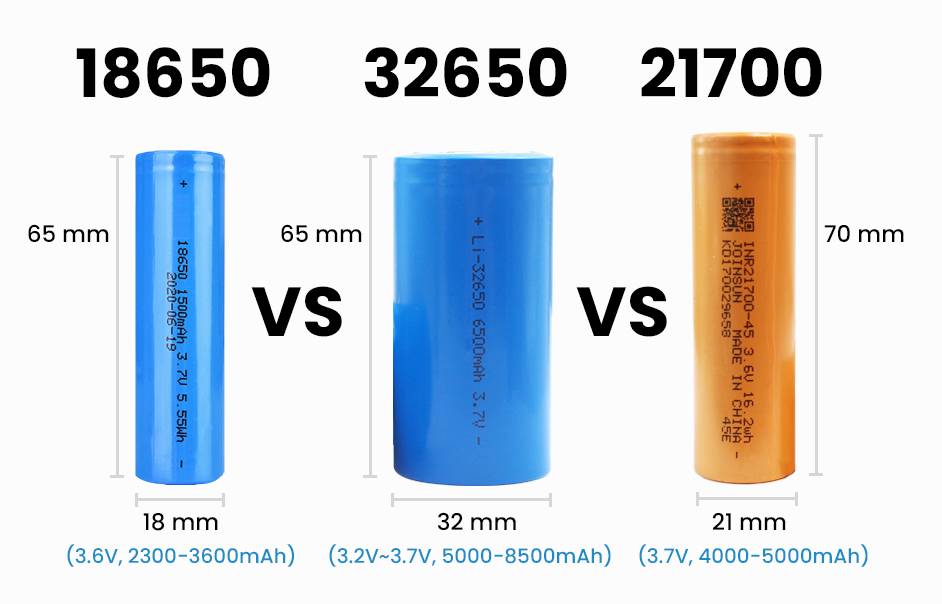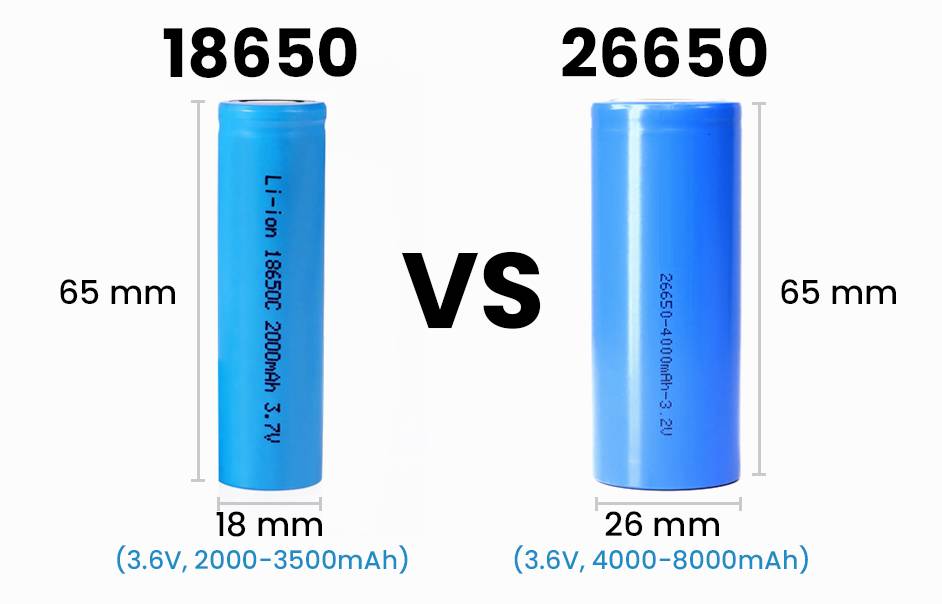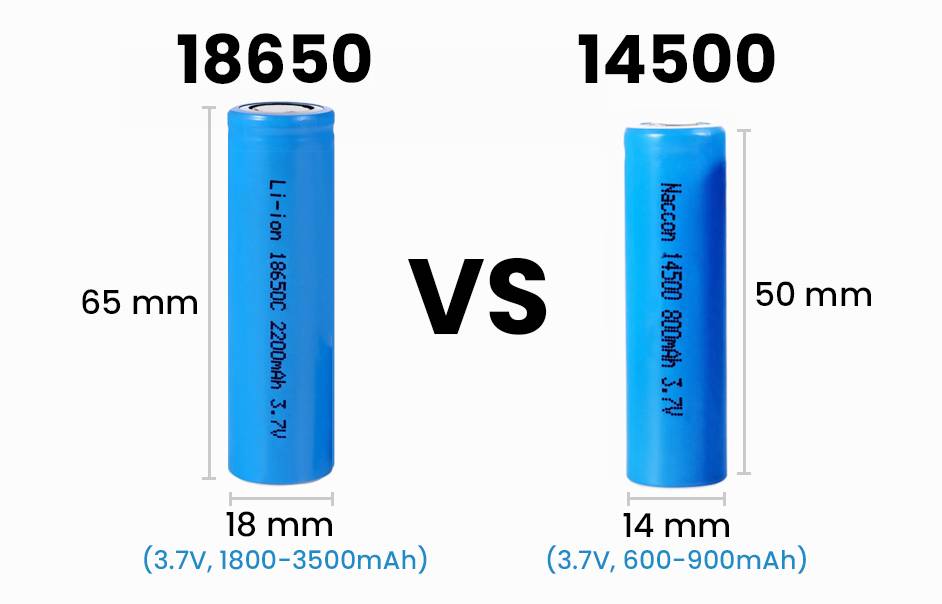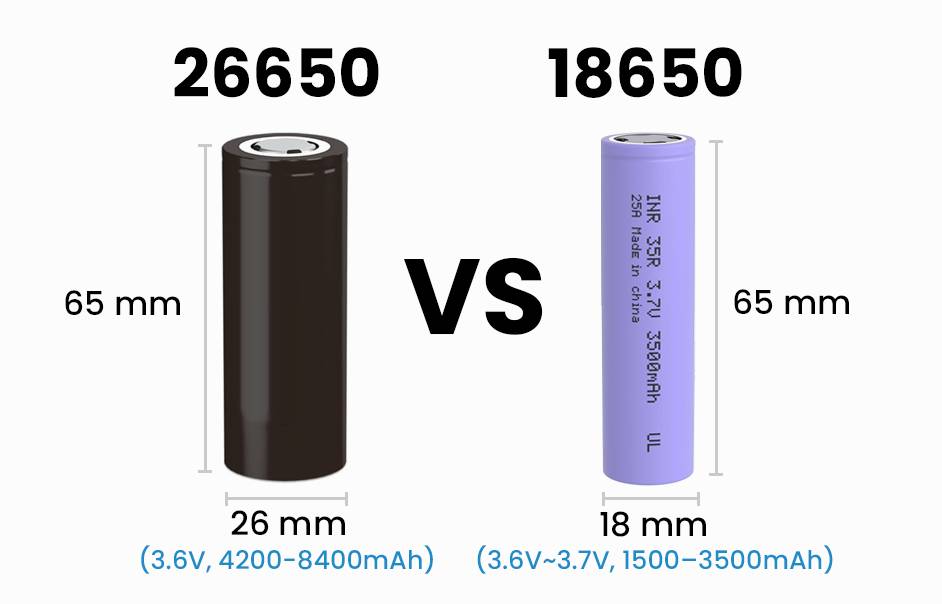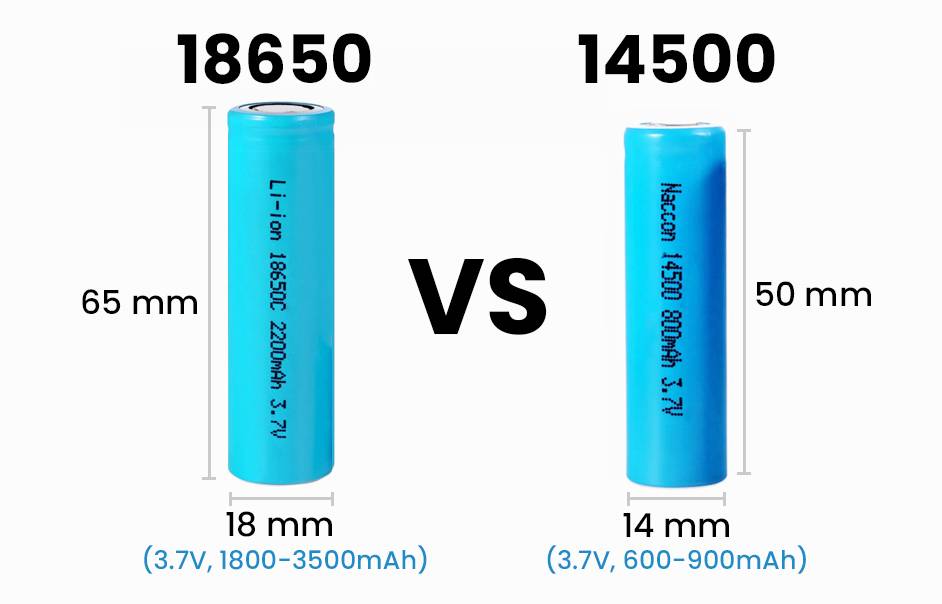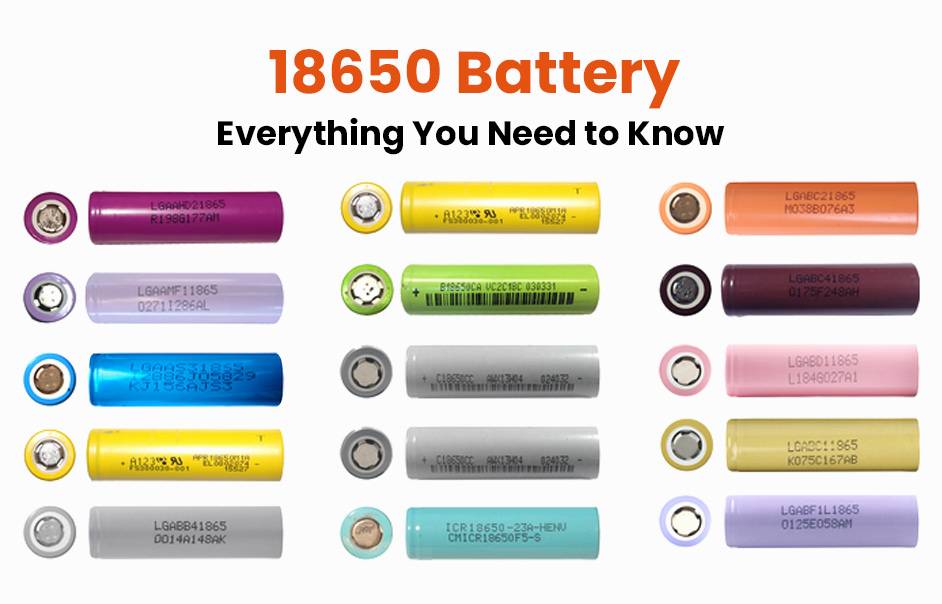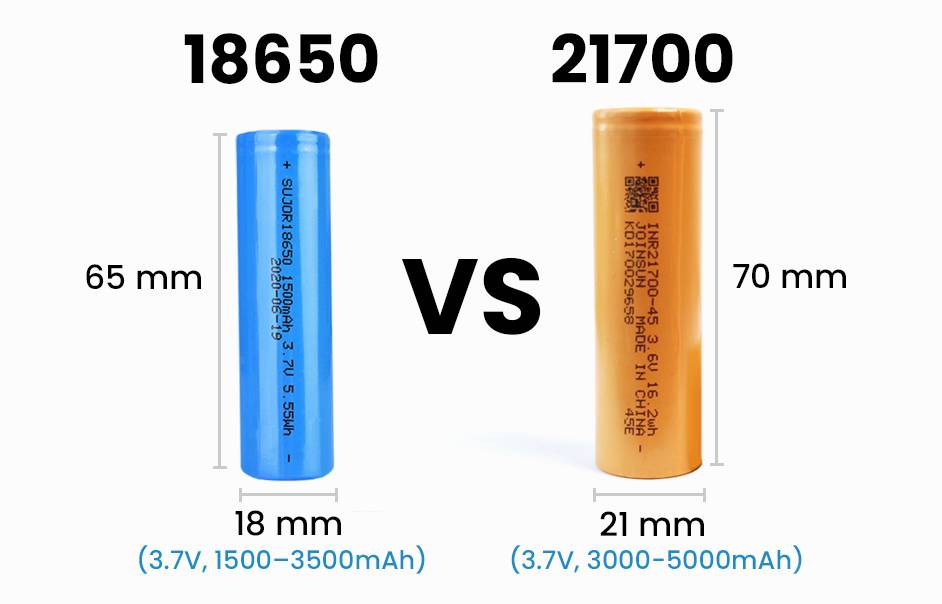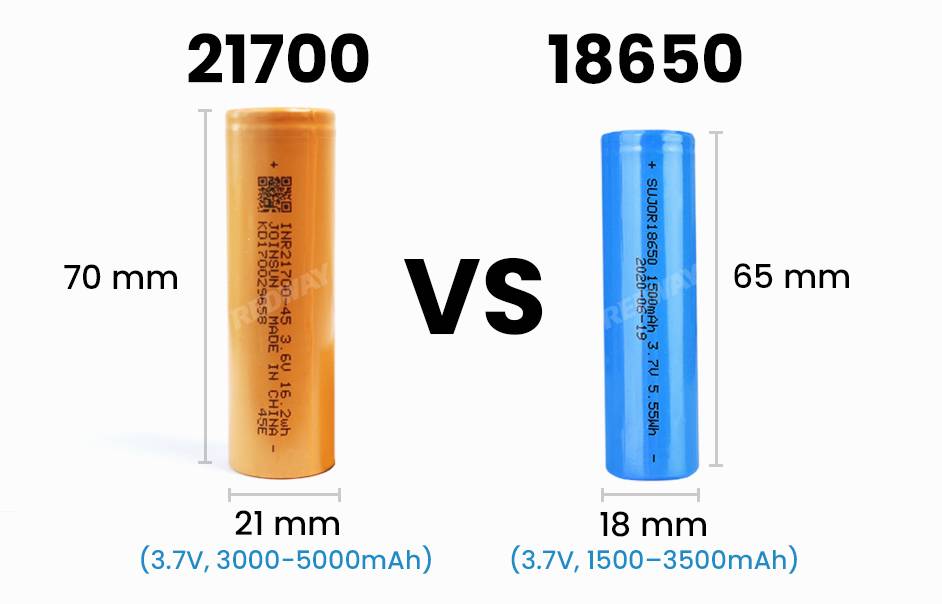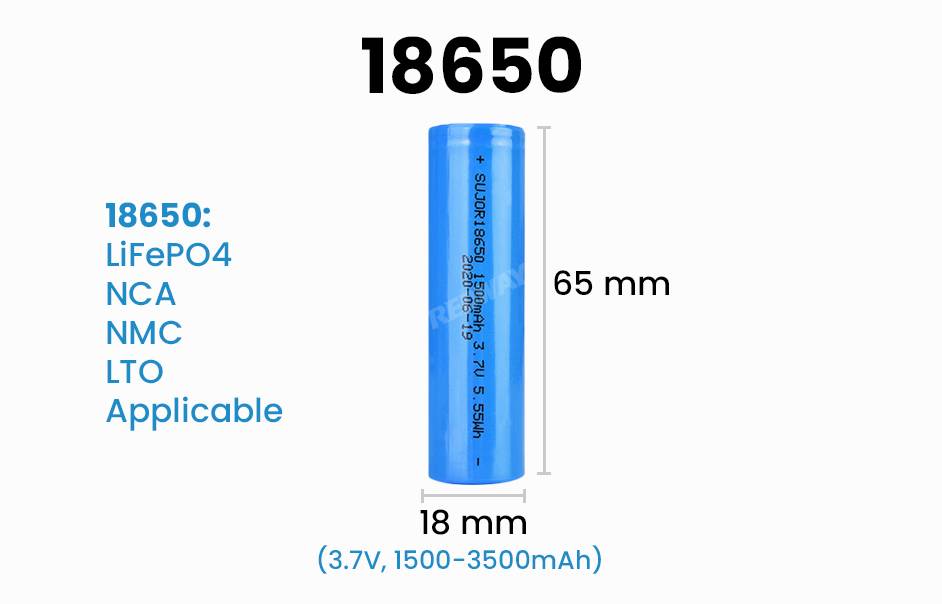- Forklift Lithium Battery
-
48V
- 48V 210Ah
- 48V 300Ah
- 48V 420Ah (949 x 349 x 569 mm)
- 48V 420Ah (950 x 421 x 450 mm)
- 48V 456Ah
- 48V 460Ah (830 x 630 x 590 mm)
- 48V 460Ah (950 x 421 x 450 mm)
- 48V 460Ah (800 x 630 x 600 mm)
- 48V 460Ah (820 x 660 x 470 mm)
- 48V 500Ah
- 48V 560Ah (810 x 630 x 600 mm)
- 48V 560Ah (950 x 592 x 450 mm)
- 48V 600Ah
- 48V 630Ah
-
48V
- Lithium Golf Cart Battery
- 12V Lithium Battery
12V 150Ah Lithium RV Battery
Bluetooth App | BCI Group 31
LiFePO4 Lithium
Discharge Temperature -20°C ~ 65°C
Fast Charger 14.6V 50A
Solar MPPT Charging - 24V Lithium Battery
- 36V Lithium Battery
- 48V Lithium Battery
-
48V LiFePO4 Battery
- 48V 50Ah
- 48V 50Ah (for Golf Carts)
- 48V 60Ah (8D)
- 48V 100Ah (8D)
- 48V 100Ah
- 48V 100Ah (Discharge 100A for Golf Carts)
- 48V 100Ah (Discharge 150A for Golf Carts)
- 48V 100Ah (Discharge 200A for Golf Carts)
- 48V 150Ah (for Golf Carts)
- 48V 160Ah (Discharge 100A for Golf Carts)
- 48V 160Ah (Discharge 160A for Golf Carts)
-
48V LiFePO4 Battery
- 60V Lithium Battery
-
60V LiFePO4 Battery
- 60V 20Ah
- 60V 30Ah
- 60V 50Ah
- 60V 50Ah (Small Size / Side Terminal)
- 60V 100Ah (for Electric Motocycle, Electric Scooter, LSV, AGV)
- 60V 100Ah (for Forklift, AGV, Electric Scooter, Sweeper)
- 60V 150Ah (E-Motocycle / E-Scooter / E-Tricycle / Tour LSV)
- 60V 200Ah (for Forklift, AGV, Electric Scooter, Sweeper)
-
60V LiFePO4 Battery
- 72V~96V Lithium Battery
- Rack-mounted Lithium Battery
- E-Bike Battery
- All-in-One Home-ESS
- Wall-mount Battery ESS
-
Home-ESS Lithium Battery PowerWall
- 24V 100Ah 2.4kWh PW24100-S PowerWall
- 48V 50Ah 2.4kWh PW4850-S PowerWall
- 48V 50Ah 2.56kWh PW5150-S PowerWall
- 48V 100Ah 5.12kWh PW51100-F PowerWall (IP65)
- 48V 100Ah 5.12kWh PW51100-S PowerWall
- 48V 100Ah 5.12kWh PW51100-H PowerWall
- 48V 200Ah 10kWh PW51200-H PowerWall
- 48V 300Ah 15kWh PW51300-H PowerWall
PowerWall 51.2V 100Ah LiFePO4 Lithium Battery
Highly popular in Asia and Eastern Europe.
CE Certification | Home-ESS -
Home-ESS Lithium Battery PowerWall
- Portable Power Stations
26650 vs 18650 Lithium Battery, What are the Differences?
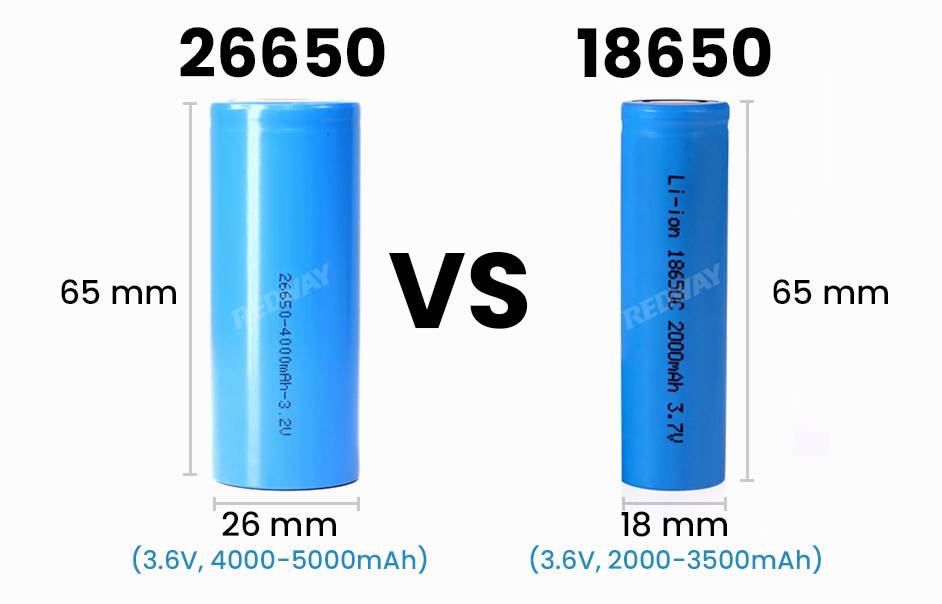
The 26650 and 18650 lithium batteries are popular choices in various applications, each offering unique advantages. The 26650 battery is larger, typically providing higher capacity, while the 18650 battery is more compact, making it suitable for smaller devices. Understanding their differences helps in selecting the right battery for specific needs.
What are the Size Differences Between 26650 and 18650 Batteries?
The most apparent difference between the 26650 and 18650 batteries is their size. The 26650 battery has a diameter of 26mm and a length of 65mm, while the 18650 battery measures 18mm in diameter and also 65mm in length. This size difference allows the 26650 battery to house more energy, resulting in higher capacity.Chart: Size Comparison
| Battery Type | Diameter | Length |
|---|---|---|
| 18650 | 18mm | 65mm |
| 26650 | 26mm | 65mm |
How Do the Capacities of 26650 and 18650 Batteries Compare?
In terms of capacity, the 26650 battery generally offers a higher range, typically between 2500mAh to over 6000mAh, depending on the specific model. In contrast, the 18650 battery usually has a capacity ranging from 1200mAh to about 3600mAh. This significant difference makes the 26650 battery more suitable for high-drain applications.Chart: Capacity Comparison
| Battery Type | Capacity Range |
|---|---|
| 18650 | 1200 – 3600mAh |
| 26650 | 2500 -6000mAh |
What is the Voltage Range for Each Battery Type?
Both batteries typically operate within a similar voltage range. The nominal voltage for both 18650 and 26650 batteries is around 3.6V to 3.7V, with a maximum charge voltage of approximately 4.2V. This similarity in voltage means that both batteries can be used interchangeably in devices designed for this voltage range, provided other specifications align.
How Do Discharge Rates Differ Between 26650 and 18650 Batteries?
Discharge rates are crucial when considering battery performance under load. The 26650 battery often supports higher continuous discharge rates, typically around 30A to 35A, making it ideal for high-drain devices like power tools or electric vehicles. The 18650 battery, on the other hand, usually supports discharge rates of about 15A to 20A, which is sufficient for most portable electronics.Chart: Discharge Rate Comparison
| Battery Type | Max Discharge Rate |
|---|---|
| 18650 | 15 -20A |
| 26650 | 30 -35A |
What Applications Are Best Suited for Each Battery Type?
The applications of these batteries vary significantly due to their differences in size, capacity, and discharge rates:
- 18650 Batteries:
- Laptops
- Flashlights
- Vaping devices
- Power banks
- 26650 Batteries:
- High-powered flashlights
- Electric bikes
- Power tools
- High-drain devices like drones
Understanding these applications helps users select the right battery type based on their specific needs.
Can You Substitute a 26650 Battery for an 18650 Battery?
While it may seem feasible to substitute a 26650 battery for an 18650 battery, it is not recommended due to size differences. The larger diameter of the 26650 battery may not fit into devices designed specifically for the smaller 18650 battery, potentially leading to compatibility issues.
What Are Alternative Options to the 26650 and 18650 Batteries?
For those seeking alternatives, consider newer lithium-ion formats such as the 21700 battery, which offers a balance between size and capacity. Additionally, high-capacity lithium polymer (LiPo) batteries can serve as alternatives depending on application requirements.Redway Power has great solutions for those seeking reliable alternatives in lithium-ion technology.
Tips for Battery Wholesale Buyers
When purchasing batteries wholesale or making OEM orders, it’s crucial to choose a reliable manufacturer like Redway Power, which has over thirteen years of experience in lithium battery manufacturing. They offer various lithium-ion products that serve as excellent alternatives to lead-acid batteries. To make OEM orders effectively:
- Research potential suppliers thoroughly.
- Request samples to evaluate quality.
- Discuss customization options based on your needs.
- Ensure clear communication regarding specifications and delivery timelines.
Redway Power Expert Views
“Choosing between 26650 and 18650 batteries depends significantly on your application requirements,” states an expert from Redway Power. “While both types have their strengths, understanding their specifications will help consumers make informed decisions that optimize performance.”
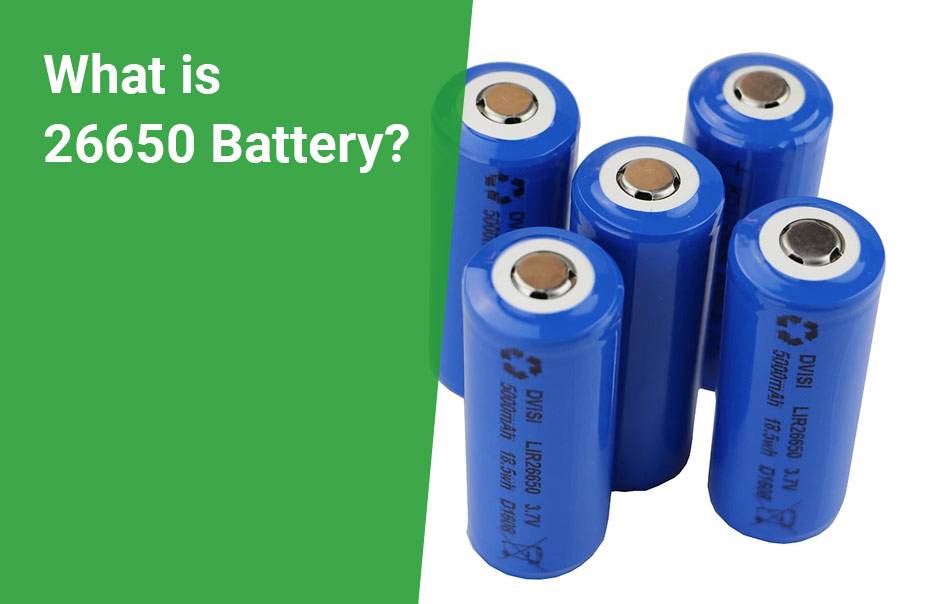
FAQs
- Are 26650 batteries better than 18650?
26650 batteries generally offer higher capacity and longer runtime compared to 18650 batteries, making them suitable for power-hungry devices. However, the choice depends on the specific requirements of the device and its compatibility with battery size. - What is the use of 26650 battery?
26650 batteries are commonly used in high-drain devices such as powerful flashlights, electric vehicles, and vaping devices due to their larger size and higher energy capacity, which allows them to deliver sustained power. - Why are 18650 batteries so popular?
18650 batteries are popular due to their compact size, high energy density, and versatility. They are widely used in laptops, electric vehicles, and portable electronics, offering a reliable power source with a long lifespan. - Can I replace 18650 with 26650?
You can replace an 18650 battery with a 26650 battery only if the device can accommodate the larger size and voltage. Always check the device specifications to ensure compatibility before making the switch. - What is the best protected 26650 battery?
The best protected 26650 battery varies by brand and application. Popular brands like Panasonic, LG, Samsung, and Sony offer high-quality options. Look for batteries with good reviews and specifications that meet your device’s requirements. - What is the difference between a 18650 battery and a 26650 battery?
The primary difference lies in size and capacity; 26650 batteries are larger and typically have a higher capacity (up to 5000mAh) compared to 18650 batteries (up to 3600mAh). This makes 26650 batteries more suitable for high-drain applications. - What are the disadvantages of 18650 batteries?
Disadvantages of 18650 batteries include lower energy density compared to newer models, potential safety risks like short-circuiting or overheating, and fixed size which may not fit all devices. - What is the difference between 18650 and 26650 torch?
The main difference between torches using these batteries is brightness and runtime. Torches powered by 26650 batteries generally provide brighter light output and longer usage times due to their higher capacity compared to those using 18650 batteries. - What is so special about 18650 battery?
The 18650 battery is notable for its high energy density, lightweight design, long cycle life, and versatility in applications. It does not suffer from memory effect, allowing for flexible charging without performance loss. - What are the advantages of 18650 batteries?
Advantages include high energy density, wide availability, cost-effectiveness, long lifespan (over 500 charge cycles), and compatibility with various devices like laptops and electric vehicles. - What is the full charge voltage of a 26650 battery?
The full charge voltage of a standard 26650 lithium battery is typically around 4.2 volts. It’s crucial not to exceed this voltage during charging to prevent safety issues. - Vape Forward Stout battery test: 18650 vs. 26650
In tests comparing the Vape Forward Stout using both battery types, the 26650 generally provided longer usage times and better performance under heavy loads compared to the smaller but more compact 18650. - How do the physical dimensions of lithium-ion batteries impact their performance?
Physical dimensions affect capacity; larger batteries like the 26650 can store more energy due to increased volume. This results in longer runtimes for high-drain applications compared to smaller batteries like the 18650. - What are the advantages of using a 26650 battery in power-hungry devices?
Using a 26650 battery in power-hungry devices offers advantages such as higher energy capacity (more ampere-hours), longer runtime between charges, and better performance under continuous high drain conditions. - What are the critical factors to consider when comparing 26650 and 18650 batteries?
Key factors include capacity (mAh), physical size compatibility with devices, discharge rates (C ratings), intended application (high-drain vs. standard use), and overall cost-effectiveness based on usage needs. - What are the key differences between 26650 and 18650 batteries?
Key differences include size (26650 is larger), capacity (typically higher for 26650), discharge rates (often higher for larger cells), and suitability for different applications based on power demands.
vape Forward Stout battery test 18650 vs 26650
















